With doing our taxes properly on our minds, what are the chances we’ll get caught if we don’t? Well, there are several ways that the IRS can detect if your return is suspicious, especially if your inputs don’t match up with their W-2 and 1099 records.
Here are the number of IRS audits and the respective probabilities for individuals and businesses during 2010. Large corporations and wealthy individuals have the highest chance of getting audited, which makes sense since they offer the largest potential payoff. If you are an individual making under $200k a year, then your overall chances are 1 in 100. However, I’m sure if your tax return is clean and you didn’t claim to donate $10,000 in used clothing, your actual odds are even better.
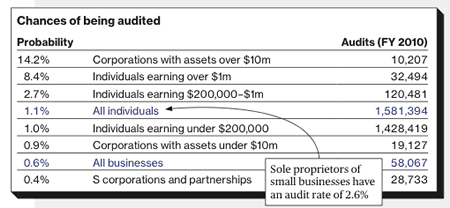
Source: IRS, Businessweek
Anyone out there get audited last year?
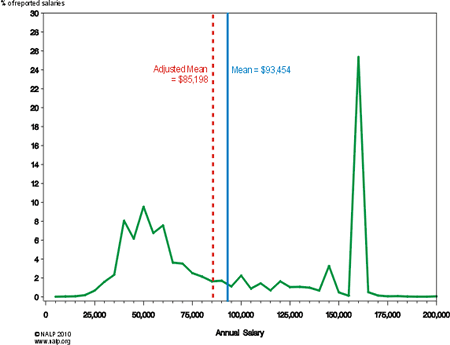
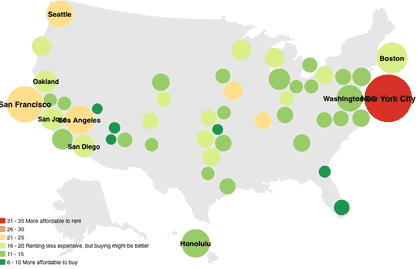
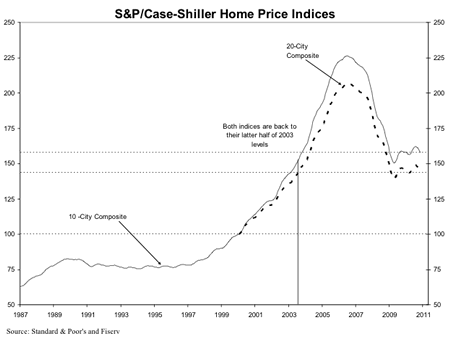


 Next, you should sign up for the online aggregator tool Mint.com. I also like versions of Yodlee, but it looks like their development has slowed significantly. To start, all you need is your e-mail address and the login details for your credit card website.
Next, you should sign up for the online aggregator tool Mint.com. I also like versions of Yodlee, but it looks like their development has slowed significantly. To start, all you need is your e-mail address and the login details for your credit card website.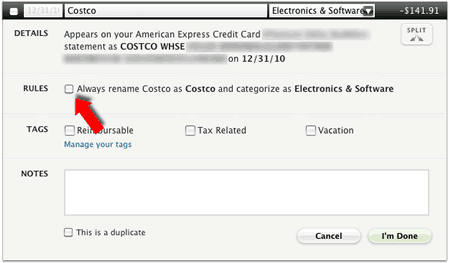
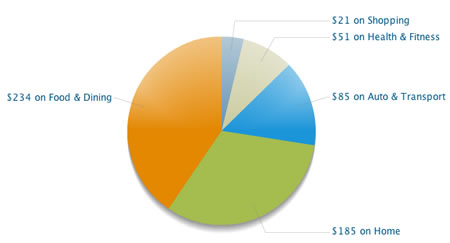


 With the Ally Bank certificates of deposit, you can still access your money as long as you pay a early withdrawal penalty of 60 days interest. That’s significantly less than at other banks. I have a 5-year CD paying 3% APY, but the current rate for new deposits is 1.60% APY for a 5-year CD (as of 10/25/13).
With the Ally Bank certificates of deposit, you can still access your money as long as you pay a early withdrawal penalty of 60 days interest. That’s significantly less than at other banks. I have a 5-year CD paying 3% APY, but the current rate for new deposits is 1.60% APY for a 5-year CD (as of 10/25/13).

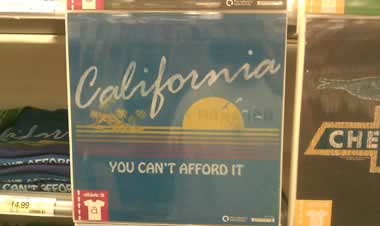
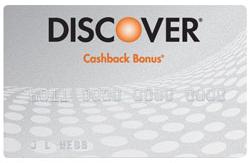 Reward categories change quarterly. From January 1 to March 31, you can earn 5% cash back on up to $800 spent in the following categories:
Reward categories change quarterly. From January 1 to March 31, you can earn 5% cash back on up to $800 spent in the following categories: PenFed Platinum Cashback Rewards Card
PenFed Platinum Cashback Rewards Card The Best Credit Card Bonus Offers – March 2024
The Best Credit Card Bonus Offers – March 2024 Big List of Free Stocks from Brokerage Apps
Big List of Free Stocks from Brokerage Apps Best Interest Rates on Cash - March 2024
Best Interest Rates on Cash - March 2024 Free Credit Scores x 3 + Free Credit Monitoring
Free Credit Scores x 3 + Free Credit Monitoring Best No Fee 0% APR Balance Transfer Offers
Best No Fee 0% APR Balance Transfer Offers Little-Known Cellular Data Plans That Can Save Big Money
Little-Known Cellular Data Plans That Can Save Big Money How To Haggle Your Cable or Direct TV Bill
How To Haggle Your Cable or Direct TV Bill Big List of Free Consumer Data Reports (Credit, Rent, Work)
Big List of Free Consumer Data Reports (Credit, Rent, Work)